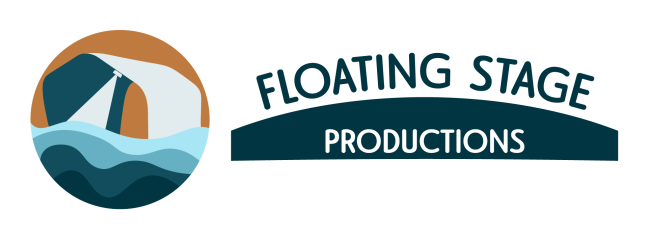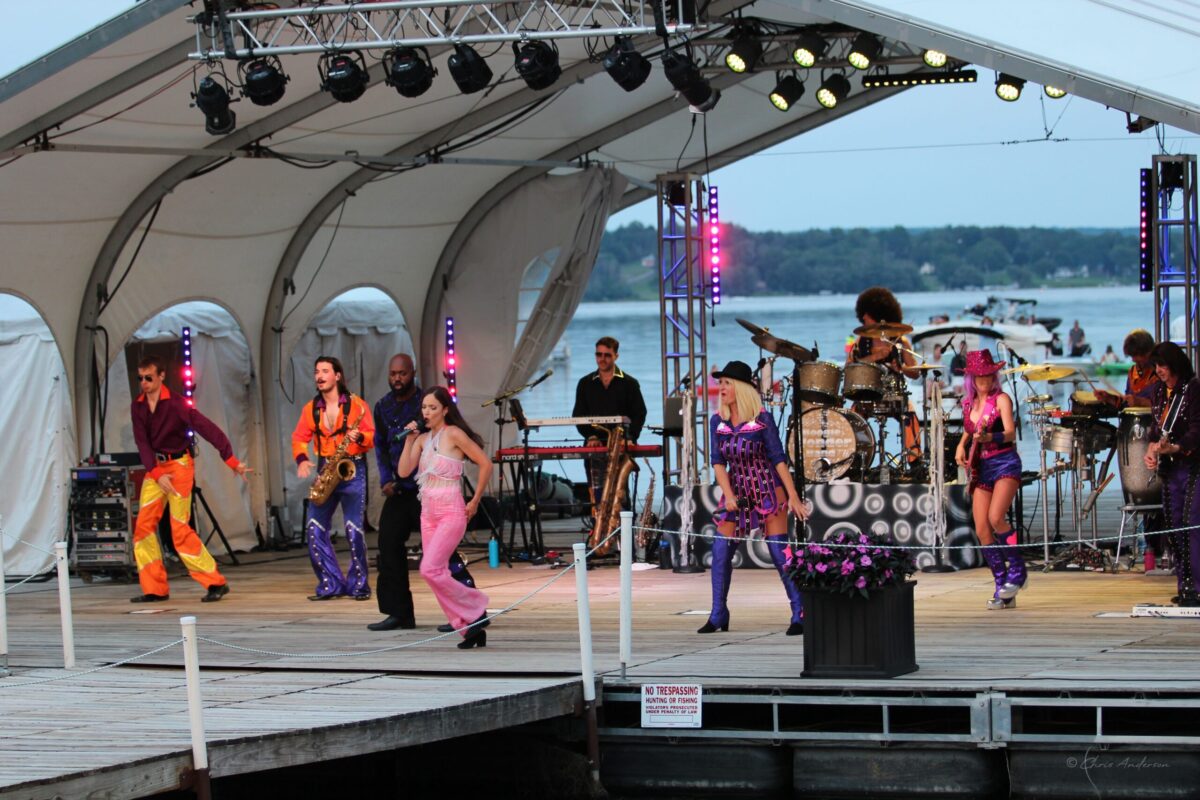New Urbanism is an urban planning and design movement that promotes creating walkable, vibrant, and sustainable communities. It focuses on developing neighborhoods that are diverse, compact, and mixed-use, with an emphasis on human-scale design, connectivity, and public spaces. While New Urbanism typically addresses land-based developments, the concept can certainly benefit from innovative programs like the Floating Stage program in several ways:
Activation of underutilized spaces: Floating stages provide an opportunity to activate underutilized water bodies within urban areas. By using floating platforms for performances, events, or recreational activities, New Urbanism principles can be extended beyond land-based development and embrace the potential of water bodies as vibrant public spaces.
Increased connectivity: Floating stages can enhance the connectivity between land and water, serving as a bridge or transition point between the two. This integration strengthens the relationship between waterfront areas and adjacent neighborhoods, promoting a seamless and interconnected urban fabric.
Creation of dynamic public spaces: New Urbanism advocates for the creation of well-designed public spaces that encourage social interaction and community engagement. Floating stages can serve as flexible and adaptable platforms for a variety of cultural, artistic, and recreational activities, attracting residents and visitors alike. These stages can contribute to the vitality of the urban environment and foster a sense of place and community identity.
Enhancement of placemaking: Placemaking is an integral aspect of New Urbanism, as it seeks to create unique, memorable, and people-oriented places. The presence of a floating stage can become a signature feature of a waterfront development, creating a distinctive character, and attracting people to gather, socialize, and enjoy the amenities provided. This contributes to the overall success and desirability of the urban environment.
Sustainability and resilience: New Urbanism place a strong emphasis on sustainability and resilience in urban design. The Floating Stage program can align with these principles by incorporating environmentally friendly technologies and practices. For example, floating stages can be powered by renewable energy sources, incorporate green infrastructure elements, and be designed to withstand potential climate-related challenges like rising water levels or extreme weather events.
Economic benefits: By attracting visitors, fostering cultural events, and supporting local businesses, the Floating Stage program can contribute to the economic vitality of an area. This aligns with New Urbanism’s focus on creating economically diverse and vibrant communities by providing opportunities for commerce and entrepreneurship.
Overall, the Floating Stage program offers a unique and innovative approach to urban design that aligns with the principles of New Urbanism. By integrating floating stages into waterfront developments, cities can create dynamic, connected, and sustainable urban environments that benefit residents, businesses, and visitors alike.
Here are some additional details on the social, cultural, and economic benefits that the Floating Stage program can bring to New Urbanism:
Social Benefits
Community gathering and social interaction: Floating stages provide a focal point for community gatherings, events, and performances. They create opportunities for people from diverse backgrounds to come together, fostering social cohesion and a sense of belonging within the neighborhood.
Inclusivity and accessibility: Floating stages can be designed to accommodate various activities and events, making them accessible to people of all ages and abilities. This inclusivity promotes social equity and ensures that public spaces are welcoming and inclusive for everyone in the community.
Promotion of active lifestyles: The presence of floating stages encourages residents to engage in outdoor activities and participate in events and performances. This promotes a healthier lifestyle and encourages physical activity, contributing to improved public health and well-being.
Cultural Benefits
Arts and cultural enrichment: Floating stages provide a platform for showcasing local artistic talent, hosting concerts, theater performances, and cultural festivals. They contribute to the cultural vibrancy of the community, celebrating local heritage and fostering a sense of pride and identity.
Exposure to diverse cultures: Floating stages can attract artists and performers from different backgrounds, exposing residents and visitors to a wide range of artistic expressions and cultural traditions. This exposure to diverse cultures promotes cultural understanding, appreciation, and dialogue.
Creative expression and community engagement: Floating stages can serve as a space for community-led initiatives, such as open mic nights, poetry slams, or art exhibitions. These activities encourage creative expression, empower local artists and residents, and strengthen community bonds through shared experiences.
Economic Benefits
Tourism and visitor spending: The presence of a floating stage and the hosting of events and performances can attract tourists and visitors to the area. This influx of visitors stimulates local businesses, including restaurants, hotels, and retail establishments, resulting in increased spending and economic growth.
Job creation: The Floating Stage program creates employment opportunities in various sectors, such as event management, hospitality, and tourism. These job opportunities can benefit local residents and contribute to the economic well-being of the community.
Business development and entrepreneurship: The popularity of floating stages and the associated events can spur the growth of local businesses, particularly those related to the arts, entertainment, and hospitality industries. The program can encourage entrepreneurship and the establishment of new businesses, contributing to a vibrant and diverse local economy.
By incorporating social, cultural, and economic considerations, the Floating Stage program enhances the overall impact of New Urbanism by creating dynamic, inclusive, and economically viable communities.







